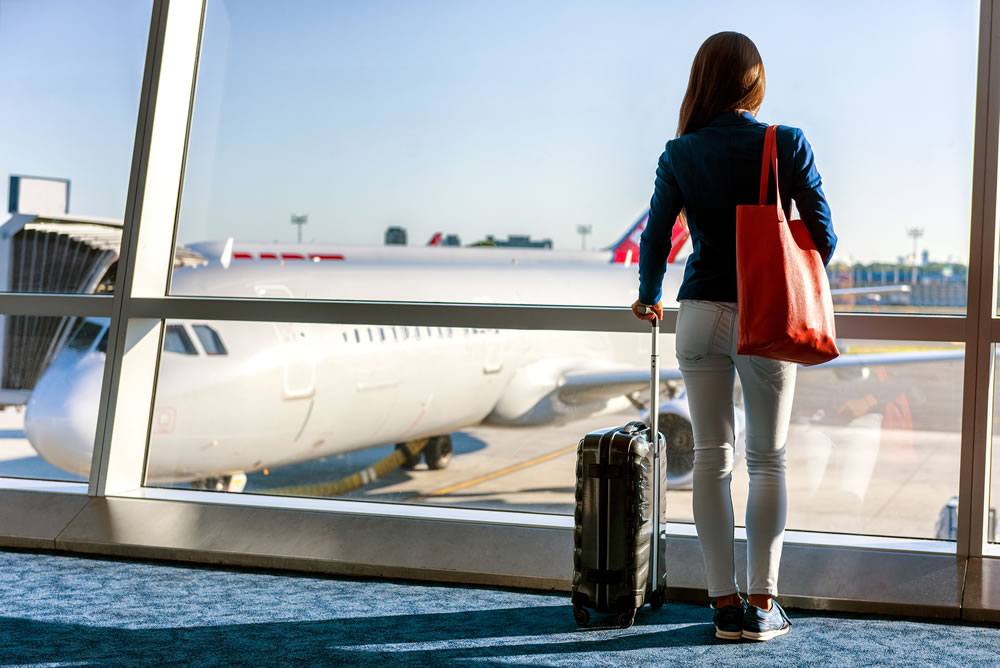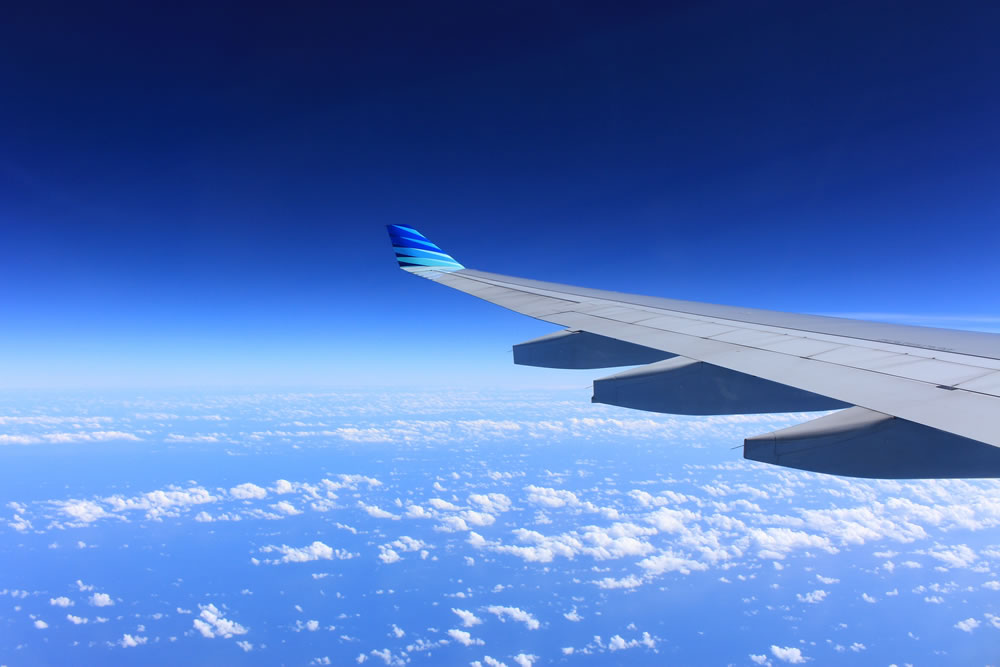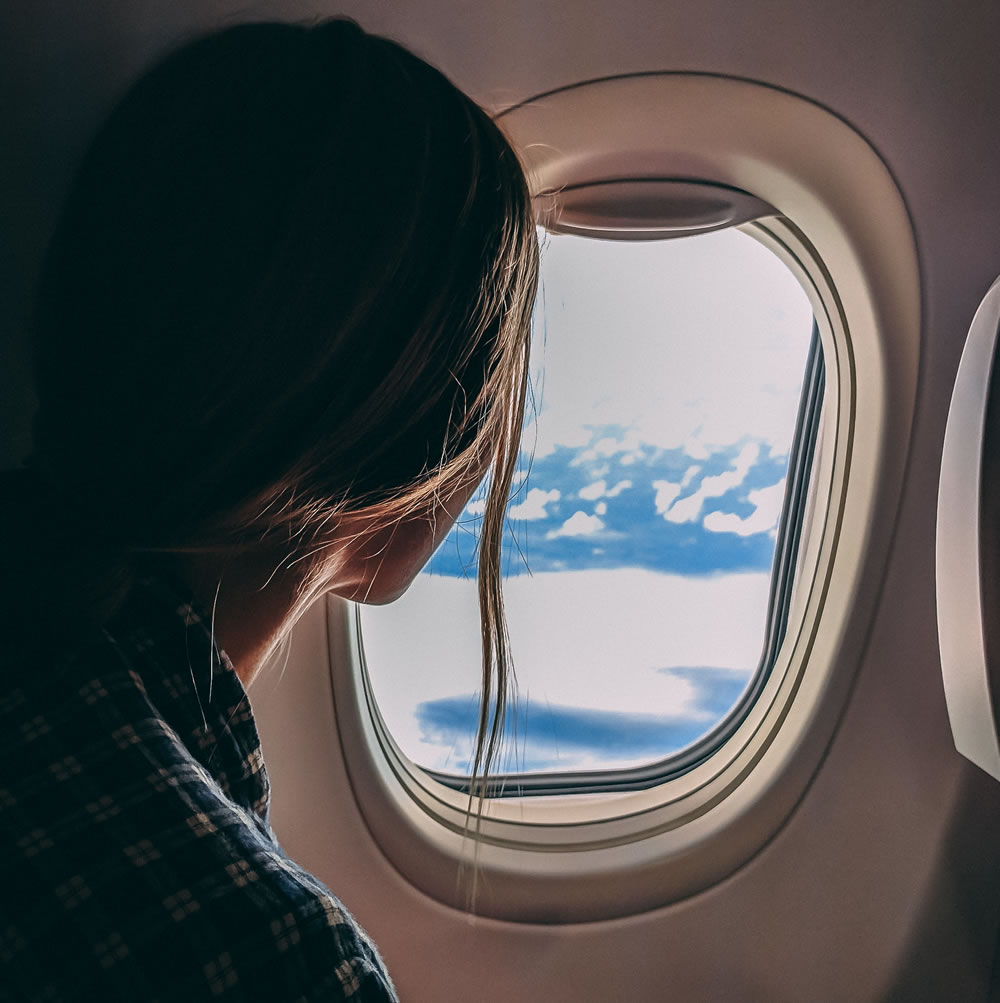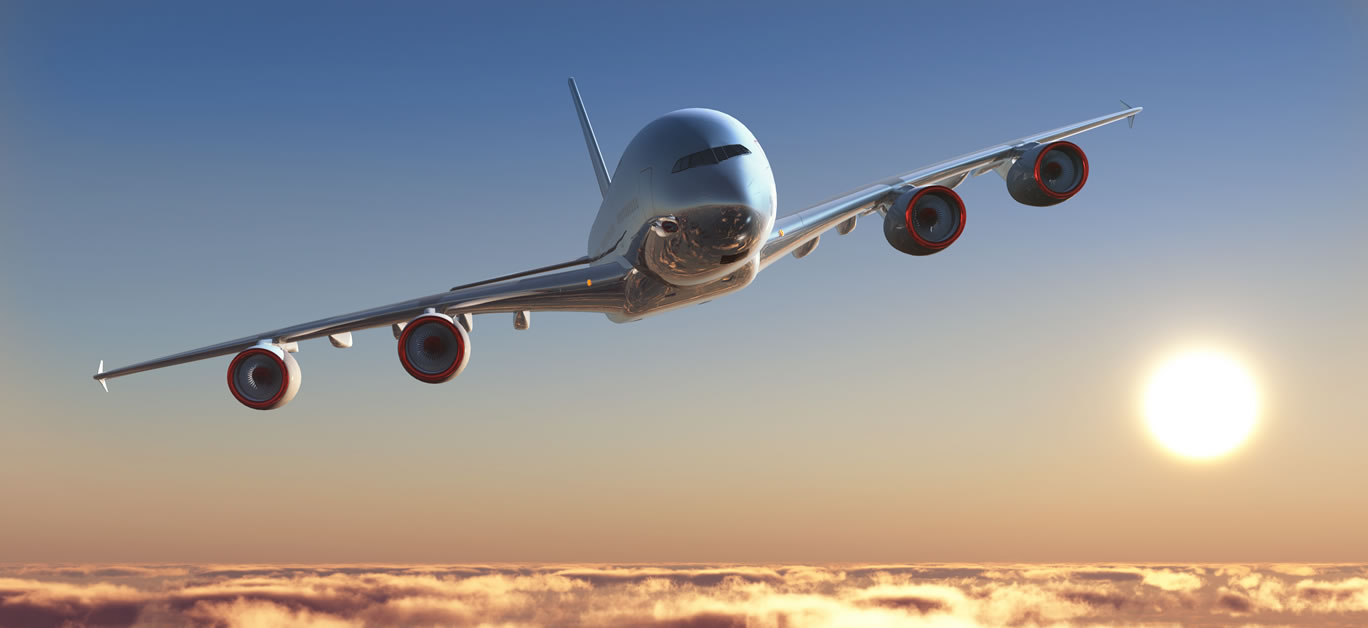There are few things more exciting than boarding the plane and heading straight to First Class. Enjoying a few hours of luxury while you jet to your next dream destination for even more five-star treatment is all part of the fun when flying abroad – that is, of course, unless you have a fear of flying to contend with.
For many, the mere thought of having to take to the skies in order to get somewhere can have them breaking out into a cold sweat – and, if the prospect of spending ten hours in a confined space at 30,000 feet leaves you wanting to run for the hills, too, then it’s no surprise that it might be putting a dampener on the idea of that next big trip.
The good news is that, with a little work, you can overcome your fear for good, and the First Class treatment will soon hold all of the appeal that is does for other frequent fliers.

The source
Fear comes from uncertainty and commonly arises in situations where we don’t feel in control. Although it stems from a perception of the threat of danger, pain or harm, it can often be irrational and not based on fact. Fear can be based on real or imagined threat, which means that often, like when flying, it is misplaced and hampers your wellbeing.
A natural, powerful and primitive emotion, it’s composed of a biochemical reaction – which may cause symptoms including sweating, increased heart rate and a surge in adrenaline levels – combined with a dramatic emotional response.
Thankfully, whatever the cause, there are things you can do to manage your fear of flying, both by understanding your triggers and by looking at ways to relieve stress and anxiety.
Triggers
Triggers for your fear response can be thoughts, images, sensations or memories to which we have been sensitised. For example, if you’ve watched a film about a plane crash just days before you travel, then it’s highly likely that these images will spring to mind when boarding your flight and act as a trigger for panic and anxiety. Similarly, a bad prior experience of flying, such as a journey where there were unusual amounts of turbulence, can remain engrained in your mind and arise each time you travel by air after that – so try to work out what is causing the response for you personally in order to best tackle your fear.
In some people, the fear is based solely on the unknown – if it’s your first time flying, then it’s understandable you might feel apprehensive, but at times the emotions you feel can go beyond that and cause far greater upset. The same can apply if you haven’t flown in several years, whereas the more normal it becomes to you, the calmer you are likely to feel.

Facing your fear
These simple techniques will help you to face up to your fear once and for all, and make the panic and anxiety a thing of the past.
Understand planes and their pilots
A lack of understanding about how a plane works can often be the root cause of fear of flying, so taking the time to learn a little more about the physics behind it can help to allay some of your anxiety. An aircraft can glide for 100 miles, even if the engine were to fail, which is reassuring for passengers worried about a safe landing in the event of an emergency on board.
Pilots, meanwhile, have undergone intensive training and a rigorous selection process before taking the helm of a plane. It’s actually one of the most highly regulated professions in the world, and mishaps remain rare.
Come to terms with turbulence
Although turbulence might feel uncomfortable and at times, frightening, it’s a normal part of flying and rarely presents any danger to the aircraft or the passengers on board. Keeping your seatbelt on and following instructions from the pilot and cabin crew will keep you safe in the majority of instances, and understanding this can help to alleviate some of your fears.

Breath slowly and control negative thoughts
Focusing on your breathing can be one of the most effective ways to return yourself to a state of calm when fear and anxiety strike. An easy technique which can help prevent any negative emotions from rising in the first place is to breath in for four seconds, hold it for four seconds and then breath out for four seconds. Repeat to calm the nervous system and soothe your mind.
Try distraction exercises
Distraction exercises can be helpful during your flight and will stop you from fixating on your fear, so try to watch a film or read a book to keep your mind well occupied. Wearing a rubber band around your wrist and pinging it whenever you start to feel afraid can help to snap you back to reality and prevent you from becoming overwhelmed by negative thoughts and feelings.
Alternatively, try firmly pressing the webbed area between your thumb and index finger – this pressure point has been shown to help alleviate anxiety when firm and consistent pressure is applied.
Flying doesn’t have to be a necessary yet unpleasant evil of travel, and can actually be just as enjoyable as reaching your final destination. So, try these simple techniques then sit back, relax, and enjoy the five-star treatment.






















